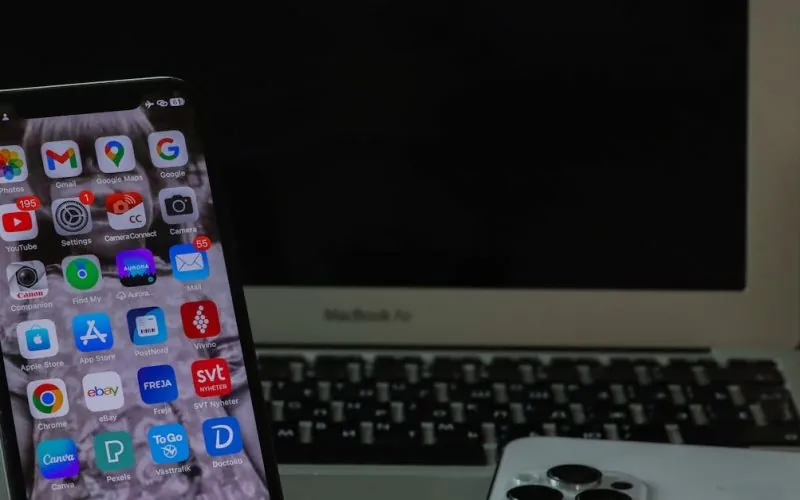Table of Contents
ToggleWhen it comes to iPhone batteries, there’s a lot of buzz around the age-old question: should you let that shiny new battery die before charging? It sounds like a plot twist straight out of a tech thriller. But fear not, it’s not as dramatic as it seems.
Understanding iPhone Batteries
New iPhone batteries utilize advanced technology that significantly influences performance and longevity. Familiarity with this technology helps users optimize their charging habits.
Lithium-Ion Technology
Lithium-ion batteries power most modern smartphones, including iPhones. These batteries feature a high energy density, allowing for longer usage between charges. Unlike older battery types, lithium-ion batteries don’t require a full discharge before recharging. Users can charge these batteries at any time without harming their lifespan. Over time, this technology shows improved efficiency and a gradual decline in capacity, which is normal.
Battery Longevity Factors
Many factors impact iPhone battery longevity. Temperature plays a crucial role; excessive heat or cold can damage battery health. Charging practices also matter; frequent partial charges maintain optimal performance. Additionally, background processes and app usage affect battery drain. High-resolution displays and demanding applications contribute to acceleration in battery consumption. Regular updates improve overall efficiency, optimizing how the iPhone uses energy.
Common Myths About Battery Charging
Myths about battery charging can lead to confusion for iPhone users. Understanding these misconceptions helps maintain battery health and performance.
Debunking the Full Discharge Myth
The belief that you must let an iPhone battery fully discharge before recharging it is incorrect. New lithium-ion batteries function more efficiently with partial charging. Using a battery down to 0% can cause unnecessary stress and may shorten overall lifespan. Keeping the battery percentage between 20% and 80% optimizes health. Many users find it perfectly fine to charge their devices whenever needed without any risk. Allowing consistent partial charges maintains a balance between convenience and longevity.
The Impact of Partial Charges
Partial charges actually benefit lithium-ion batteries. Regularly topping off the battery can help avoid deep discharges. This practice enhances battery lifespan and performance. Research shows frequent short charges encourage better battery management. Additionally, charging during short periods, such as while commuting, prevents extensive depletion. Charging habits, such as these, ensure batteries remain effective over time. Users can plug in their iPhones whenever it’s convenient, trusting that it won’t cause harm.
Best Practices for Charging Your iPhone
Adopting proper charging practices can enhance the longevity and performance of an iPhone’s battery. Understanding these habits allows users to maximize their device’s potential.
Optimal Charging Habits
Frequent partial charges are beneficial for lithium-ion batteries. Users can plug in their iPhones at any level, ideally maintaining the charge between 20% and 80%. Conditions such as excessive heat or cold should be avoided, which can negatively impact battery health. Quick top-ups throughout the day keep the battery functioning efficiently. Avoid completely draining the battery to 0%, as this can stress the battery and shorten its lifespan. Users might also consider using original chargers and cables to ensure proper voltage and protect the battery.
Understanding Battery Health
Battery health is crucial for optimal device performance. iPhones allow users to check battery health in Settings, providing percentage details about maximum capacity and peak performance capability. Regular software updates contribute to improved efficiency, helping to manage energy consumption better. High-resolution displays and intensive applications may drain battery life quickly, making awareness important. An optimal charging routine supports battery longevity and can lead to enhanced performance over time. Users should monitor their usage patterns to adopt strategies that promote better battery health.
Letting an iPhone battery die completely before charging is unnecessary and can even be detrimental. New lithium-ion batteries thrive on partial charges and benefit from being kept within a specific charge range. By charging the device whenever convenient and avoiding extreme temperatures, users can maintain optimal battery health and performance.
Monitoring battery health through the iPhone’s settings and adhering to best charging practices can significantly enhance longevity. Ultimately, understanding the nuances of battery care empowers users to make informed decisions that support their device’s efficiency and lifespan.





